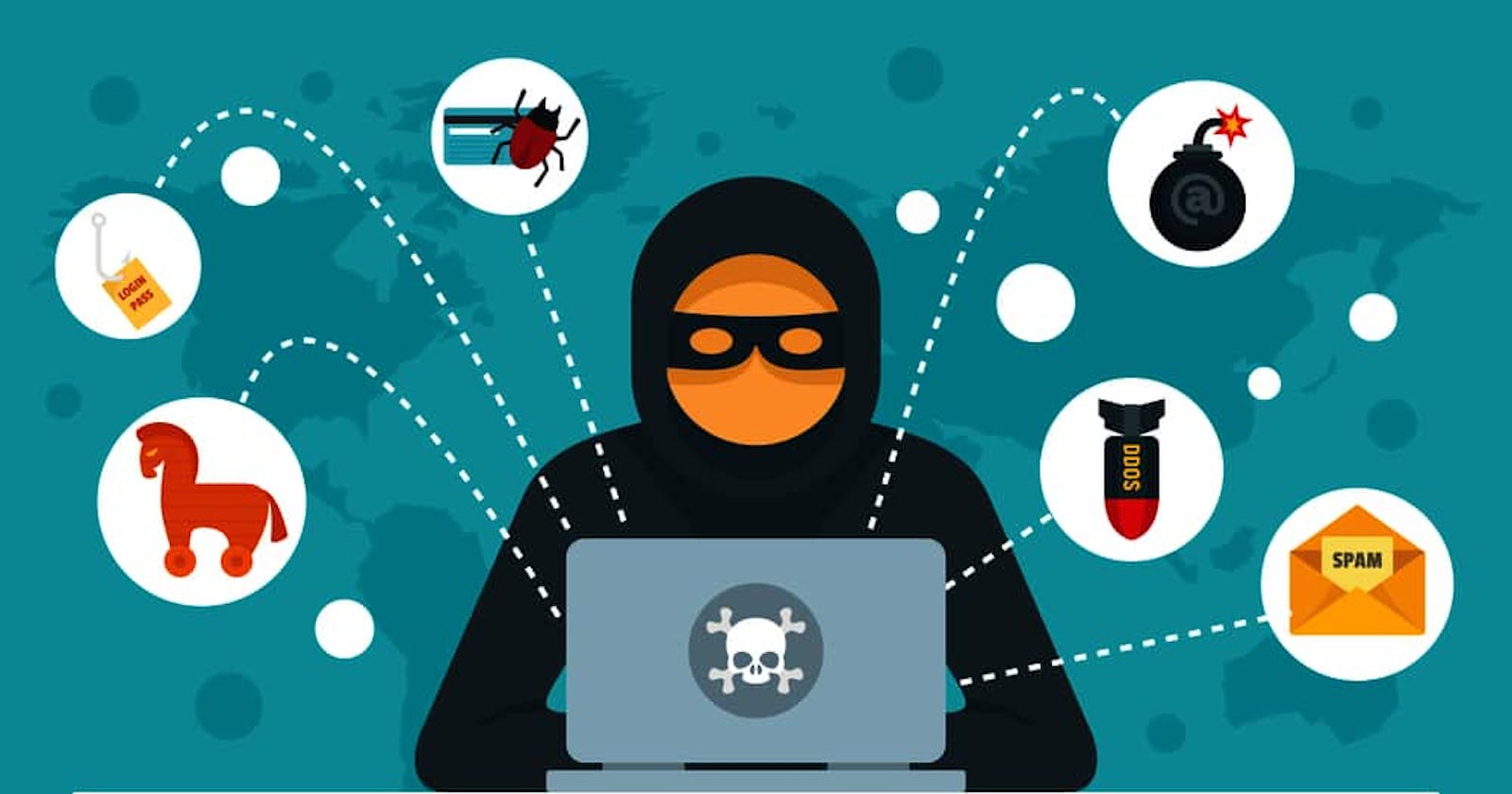Top 5 Cybersecurity Vulnerabilities for Companies in 2022
There is no doubt that the digital age has revolutionized the business world by completely changing how we access, communicate, and store information. These fundamental changes have been so impactful in boosting business productivity that in today's day and age, virtually no business can survive without using the internet, third-party apps, software, and other cyber tools for its day-to-day operations.
Of course, computer technology is only a tool whose good or bad use will depend on the individual behind the screen. So, while, for the most part, people use technology in ways that will benefit the collective, it is not uncommon for some individuals and groups to use this technology to serve their interests at the expense of others.
Given this, it becomes extremely important for individuals and companies, especially those that deal with highly sensitive information, to take proper cybersecurity measures; the application of technology where systems, controls, processes, networks, and programs are used to protect one’s data from cyber-attacks.
However, taking cyber-security measures isn’t that easy. With each passing day, hackers find new ways to conduct their attacks, which means that businesses must be aware of the different kinds of threats they are prone to and must take measures accordingly.
In this article, we will introduce you to the top 5 vulnerable points or threats that companies need to look out for in order to protect their sensitive data from cyber-attacks.
Phishing
Phishing attacks are the most serious, destructive, and prevalent danger to companies. Phishing attacks represent about 90 percent of all attacks that businesses suffer and have resulted in companies suffering from billions of dollars worth of losses. Phishing attacks take place when an intruder impersonates a trustworthy contact and convinces the user into clicking on a malicious download link or providing sensitive information such as account details or credentials to the attacker.
Phishing attacks have evolved significantly in sophistication over the last several years, with hackers becoming much more believable in their impersonation of real business connections. Additionally, there has been an increase in Corporate Email Theft, which includes criminal actors phishing high-level company executives for their company email account credentials and using those accounts to seek money from staff illegally.
Malware
Malware attacks are a major threat to companies. They include cyber hazards like viruses and trojans. The term refers to hackers generating code that gains them access to sensitive networks, which they then use to steal or destroy a company's data. Typically, one gets malware by clicking on a download link in some malicious website or by malware-infected devices being connected to your device.
These assaults harm small firms because they disable gadgets, necessitating costly fixes or replacements. Backdoors to data may put consumers and staff in danger. Smaller companies like to hire employees who work from home since it saves time and money. This raises their vulnerability to malware attacks since personal computer devices are more susceptible to rogue downloads.
Ransomware Attacks
Ransomware is some of the most prevalent forms of cybercrime, affecting hundreds of companies each year. These assaults have grown in popularity amongst the most profitable types of attacks. Ransomware encrypts firm data, preventing it from being accessed, and then demands payment of a ransom to free the information. This forces companies to make a difficult choice: suffer losses by paying a lot of ransom money or impair their operations due to data loss.
Small firms are disproportionately vulnerable to these sorts of attacks. According to statistics, 71 percent of the total ransomware assaults are directed at small enterprises. This is probably due to the fact that attackers are well aware that smaller companies are considerably more inclined to pay the ransom since their data often isn't backed up, and they have a greater urgency for an immediate restoration. The healthcare industry is especially vulnerable to this sort of assault since encrypting patient medical information, and appointment schedules may cripple a firm to the point of closure unless a certain amount is paid to the hackers.
Weak Passwords
Another significant hazard to companies is the use of poor or easily predicted passwords by staff. Several companies use numerous cloud-based services, each of which requires a unique account. These services often include personally identifiable information as well as sensitive financial information. Using readily guessable passwords or the same password for several accounts might result in the compromising of this data.
Small organizations are often vulnerable to breaches caused by workers using predictable passwords, owing to a general lack of understanding about the potential harm they might create.
Insider Threats
The last significant issue that companies face is an insider threat. This term refers to the danger to an organization posed by its own workers, ex-employees, contractors, or partners. These actors may get access to sensitive information about your business and do damage out of malice or negligence.
This is a rising concern that may endanger personnel and consumers, as well as create financial harm to the business. Insider risks to small organizations are greater since more workers have access to numerous accounts containing more data.
Summary
Modern businesses are prone to an ever-increasing number of cyber threats that can easily halt their operations and result in major losses. The five most prevalent forms of these attacks include:
- Phishing
- Malware
- Ransomware Attacks
- Weak Passwords, and
- Insider Threats
To prevents hackers from succeeding, proper cyber-security measures must be taken.

